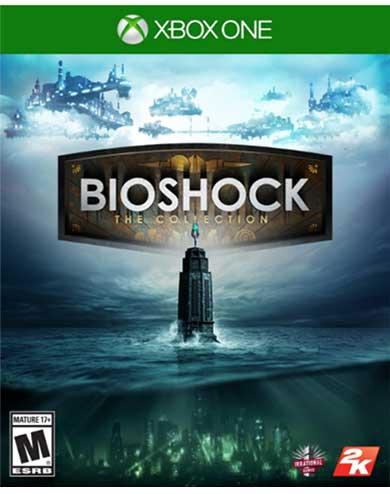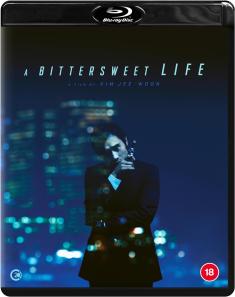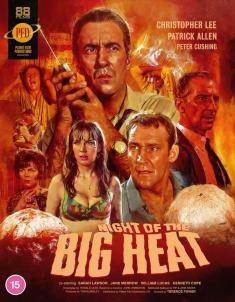BioShock: The Collection
Overview -
'BioShock' was released in 2007 to critical acclaim and is widely considered one of the best games of the generation, and a significant landmark in multiple areas of production. It was followed up by a direct sequel and a more spiritual one (in more ways than one), set in a different city and time period than its predecessors. The franchise is itself a homage of 'System Shock' with many of the same developers crossing over. The 'BioShock Collection' includes all three 'BioShock' titles, upgraded to 1080p and "up to" 60fps on the Xbox One, as well as all single-player DLC.
Video Review

The video for all three games has been souped up to 1080p, which was more of a chore for the nearly decade-old 'BioShock' than it was for the barely last-gen 'Infinite'. All of the games look excellent, with levels of detail far beyond their original incarnations. Water and lighting have been greatly improved, such as the volumetric lighting cascading from Columbia's clouds. Other effects are also outstanding, not quite up to the level of modern Xbox One stuff, but still far greater than most other remakes would bother with.
Blind Squirrel has stated that the Xbox One version of 'BioShock Collection' would have "up to" 60fps. That statement is not very convincing, but the framerate of all three games is high. It was rare that it took any dips visible to the naked eye, and they were always small. 'BioShock 2' lags a bit in the visual upgrade, with blotchier shadows and an occasional green tint, but otherwise a decent transfer.
Audio Review

The soundscape of all three games remains the same. Music, effects, and acting are all of an extremely high standard. The licensed music is perfect for the setting, from the Ink Spots and Rosemary Clooney in Rapture to the withdrawn hymnals in Columbia. The time travel in 'Infinite' permitted Columbia's artists to plagiarize future works, so you will hear a song from the Beach Boys being sung by a 1912 barbershop quartet and other interesting oddities.
Final Thoughts

'BioShock' is one of the few series that justifies a remaster. It was a watershed moment in gaming in 2007 and the gameplay still holds up after all this time, not to mention the beautiful, sad city of Rapture that remains one of the most interesting destinations to date. 'BioShock Infinite' is nearly as good and even the stepchild 'BioShock 2' is a blast to play. There's very little in the way of new content, but these titles are so enjoyable that I still enthusiastically recommend 'BioShock Collection' to old fans and newcomers alike.












